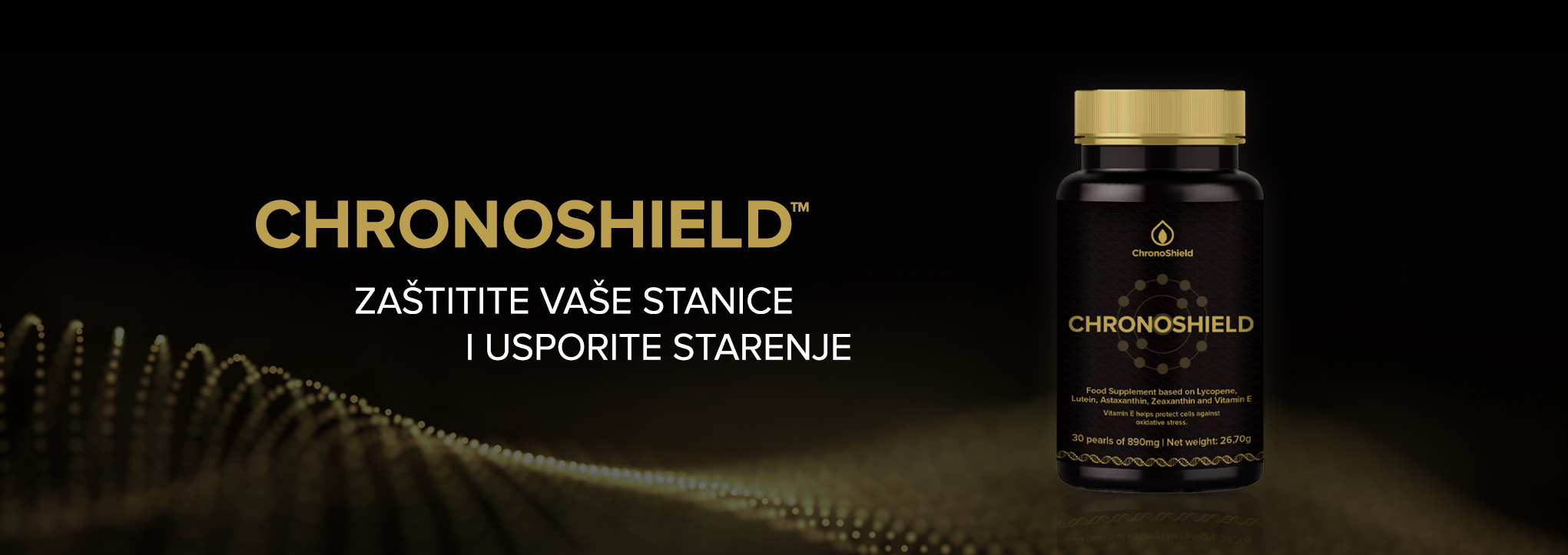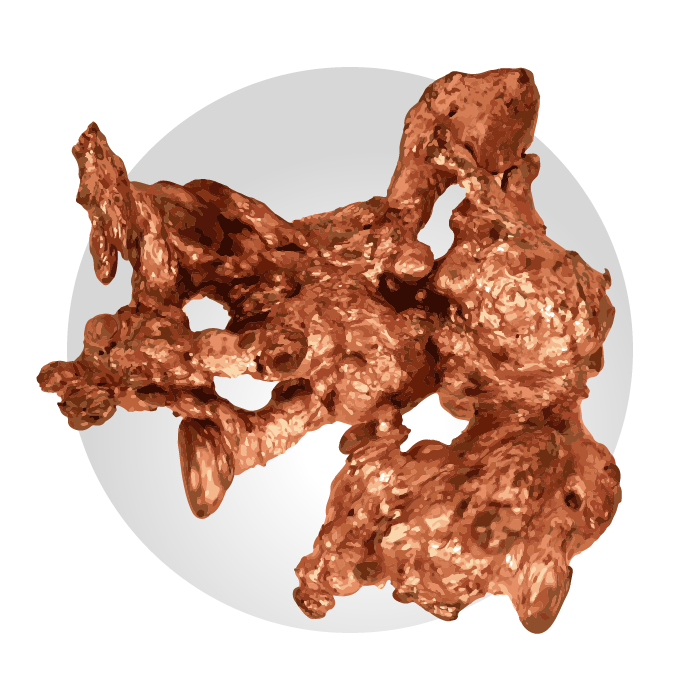
Supplement information: COPPER
| Image |

|
|---|---|
| General description |
Essential trace element important to catalyze oxido-reduction reactions.
|
| Found |
- nuts (europian, indian) - chestnuts - almonds - peanuts - sunflower and sesame seeds - organ meat (veal liver) - seafood (crustaceans and shellfish) - mushrooms - chocolate - legumes - green and leafy vegetables |
| Anti-aging role |
- copper is able to form hemoglobin - required in melanin formation - lower cholesterol level - prevent rancidity of fatty acids - maintain cellular structure - increase level of the SOD - participates in formation of collagen and elastin |
| Deficiency symptoms |
- anemia - loss of hair, loss of the taste - general weakness - impaired respiration such as emphysema - brittle bones - chronic or recurrent diarrhea - hair depigmentation - low white blood cell count - retarded growth - water retention - irritability - high cholesterol - development of ishemic heart disease - miscarriage, birth defects, neural tube defects - increased risk of colon cancer |
| Therapeutic doses |
2 - 3 mg taken with zinc (ratio: zinc: copper 10: 1 - 15: 1) American RDA: 2 mg European RDA: 1 mg |
| Maximum safe level |
5 mg long - term usage 8 mg short - term usage |
| Side effects |
Doses of 10 mg and above may cause stomach ache, nausea, muscle pain. ACUTE INTOXICATION: - occurs after consumption contaminated food or water - symptoms: abdominal pain, nausea, vomiting, diarrhea |
| Interactions |
- penicillin increases copper urine excretion - zinc enhance production of copper - binding protein |
| High risk groups |
- premature infants fed only with cow milk and formulas based on cow milk - premature infants and infants with low body weight - infants and kids with prolonged diarrhea - infants and kids recovering from malnutrition - people with malabsoption syndrome - people with choelic disease and sprue - people with short bowel syndrome - patients with full parenteral diet - people with high degree burns |
| Composition formulas |
- supplements available in form of copper oxide, glutathione, sulfate and amino acid chelates - usually in combination with vitamins and other minerals |
| Other remarks |
- insoluble in water - it is stored in liver |